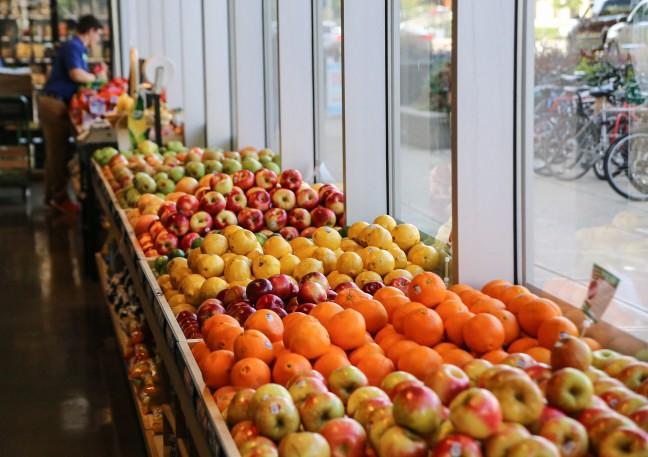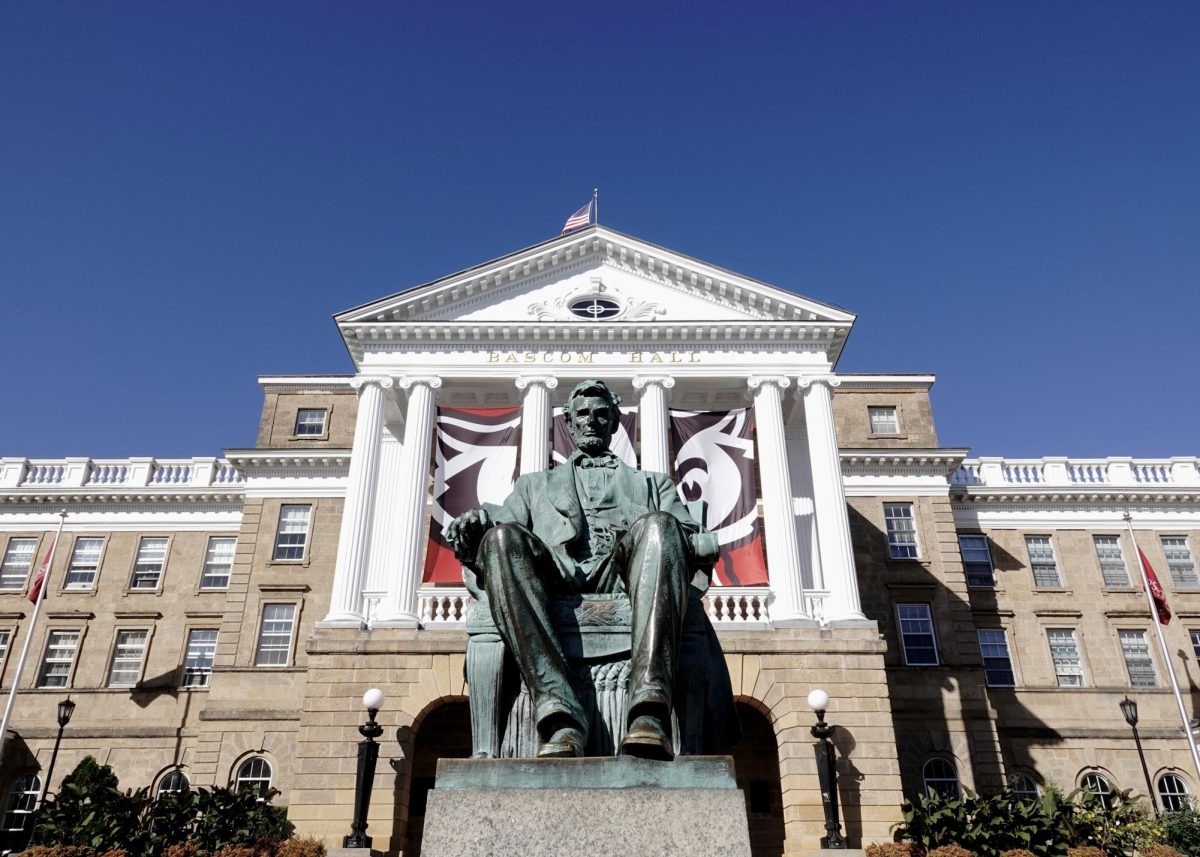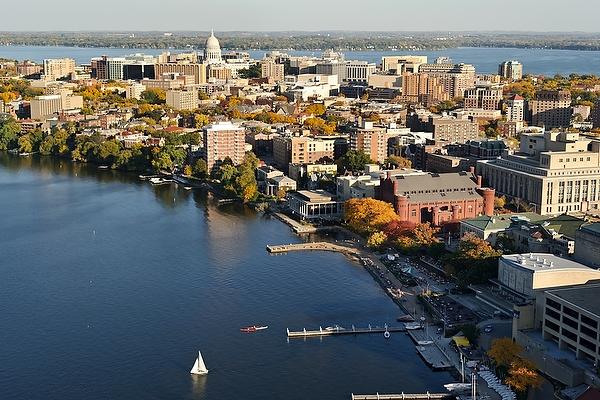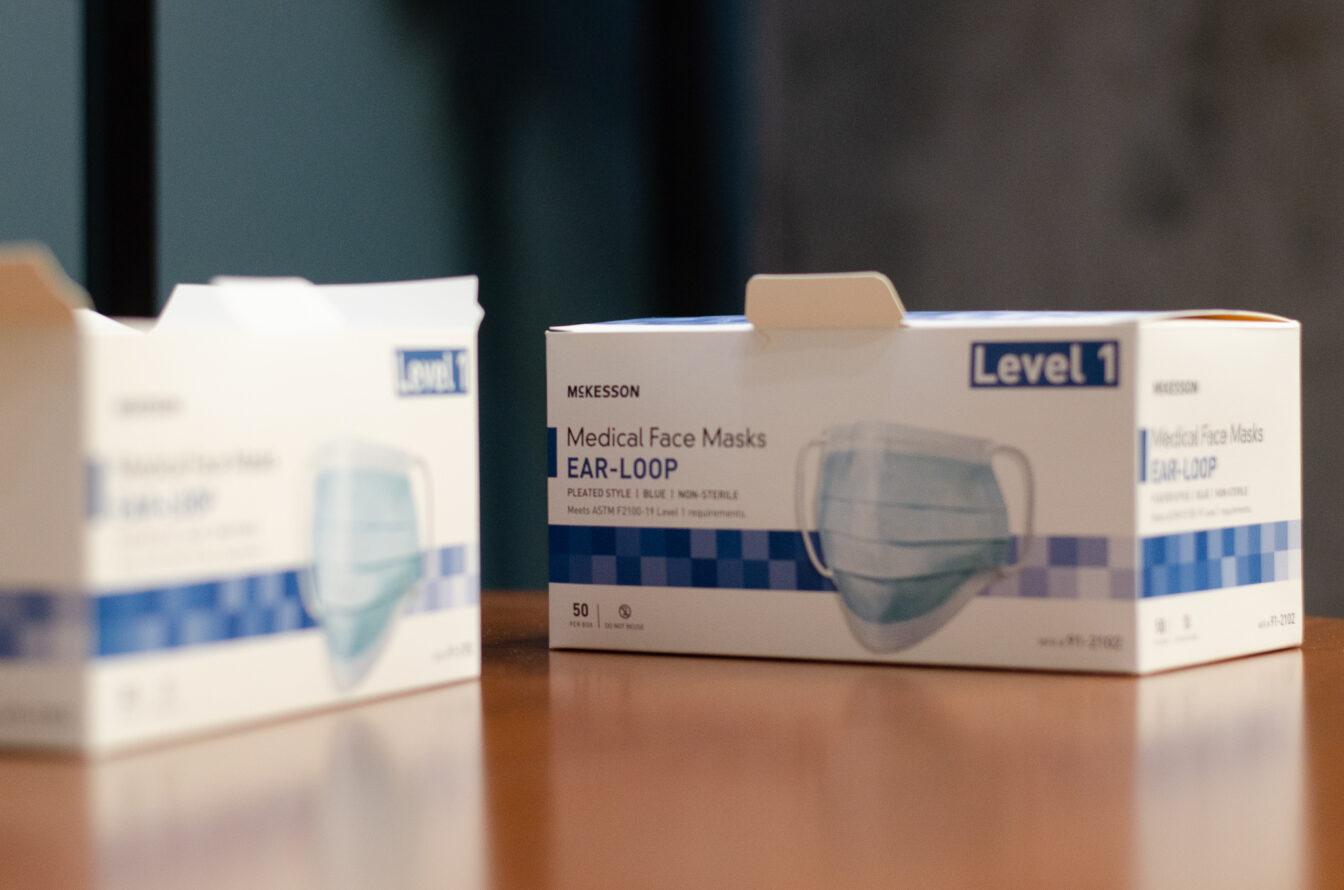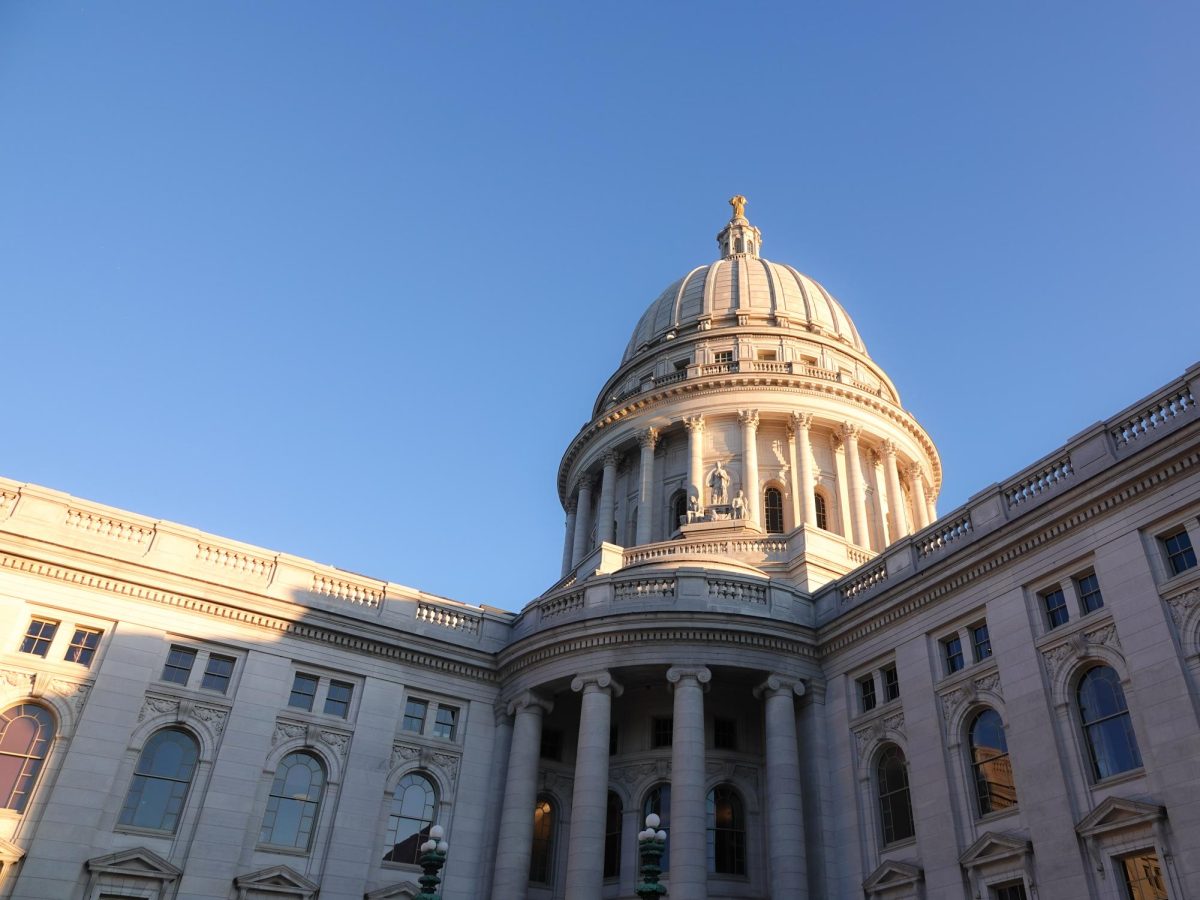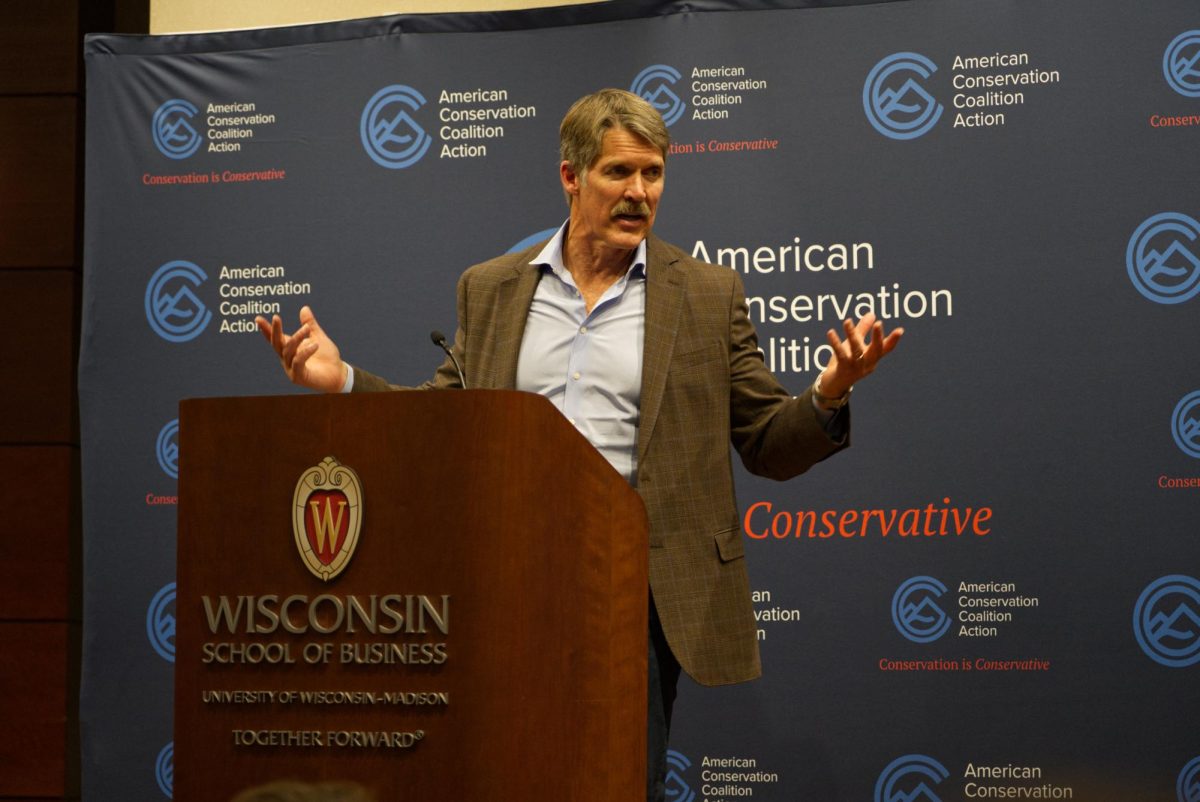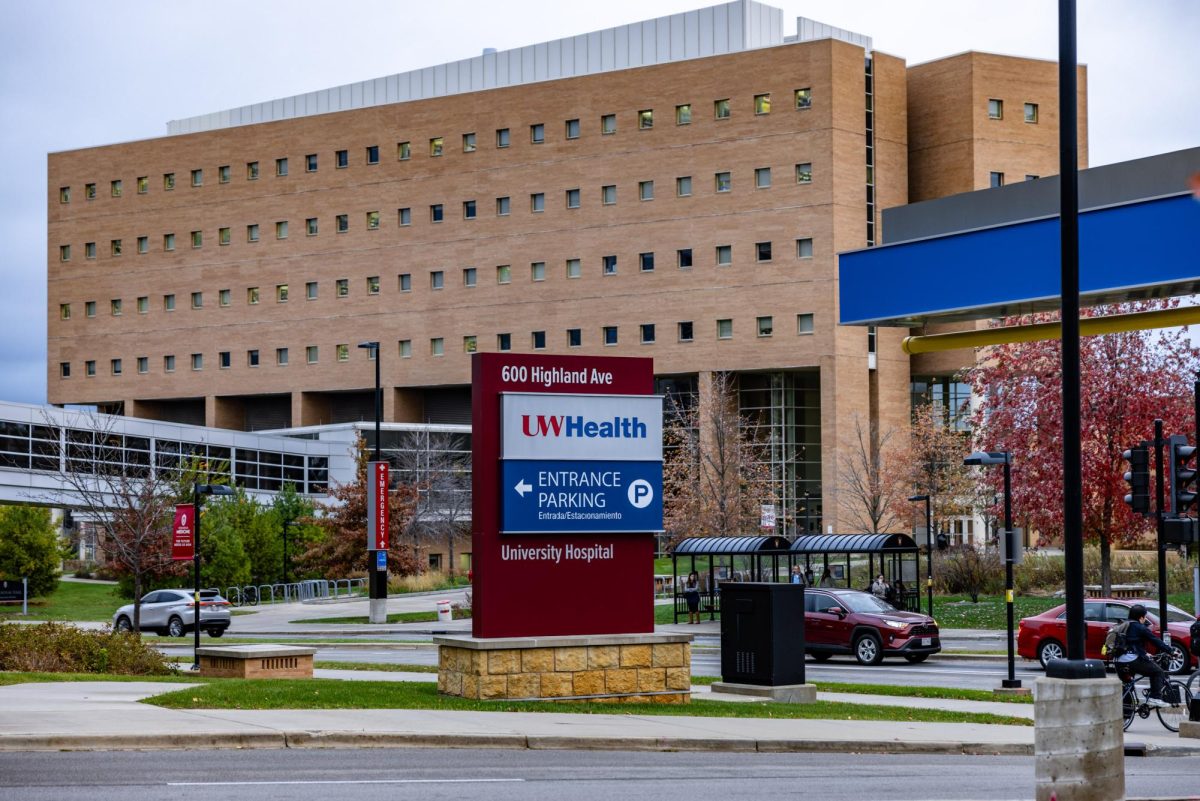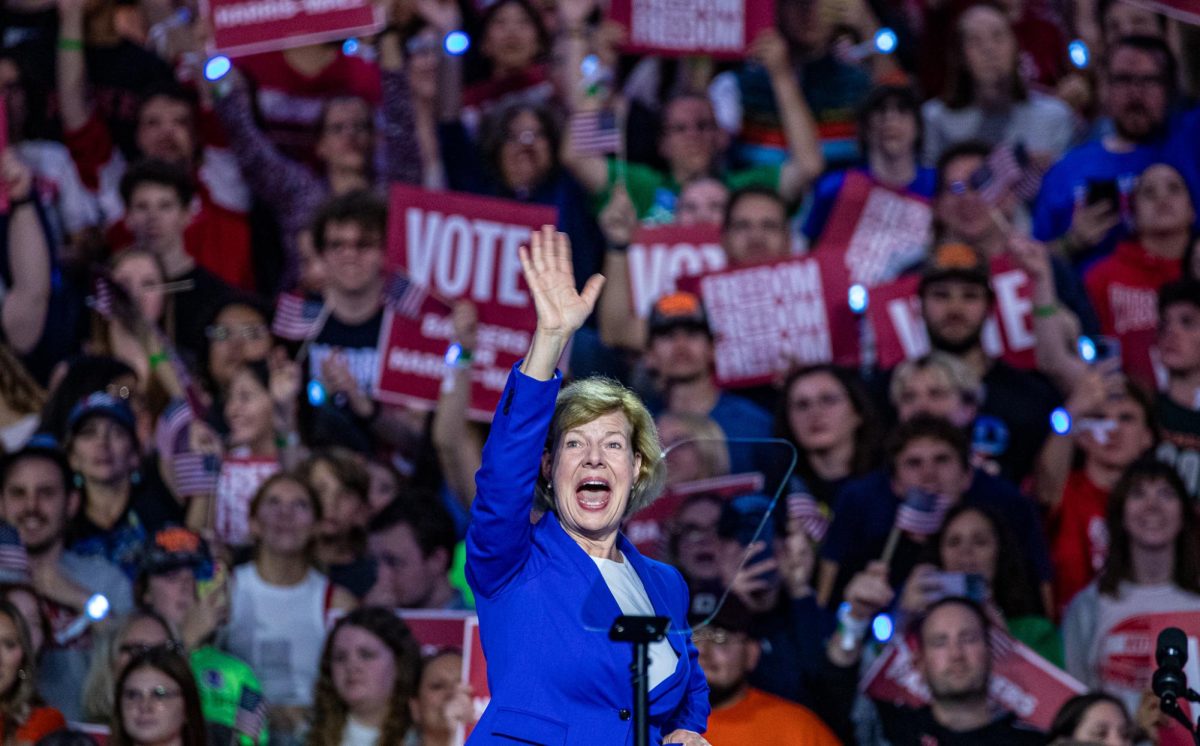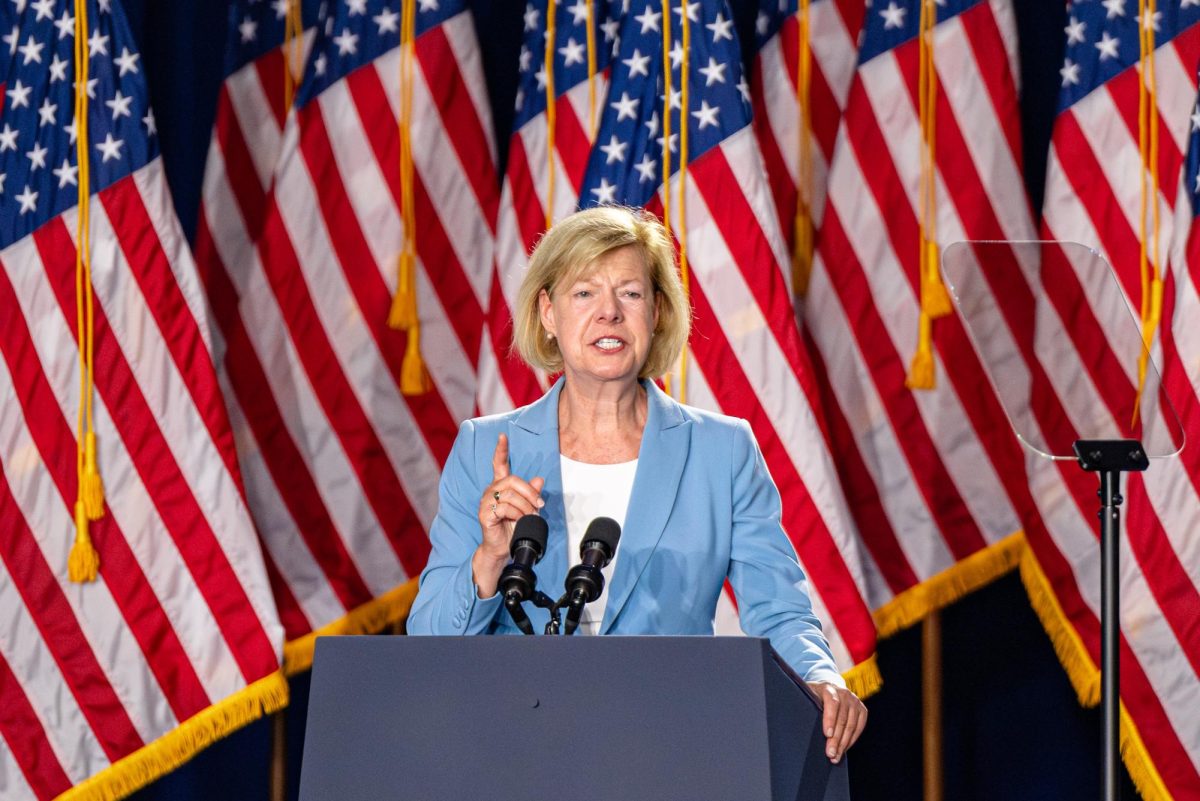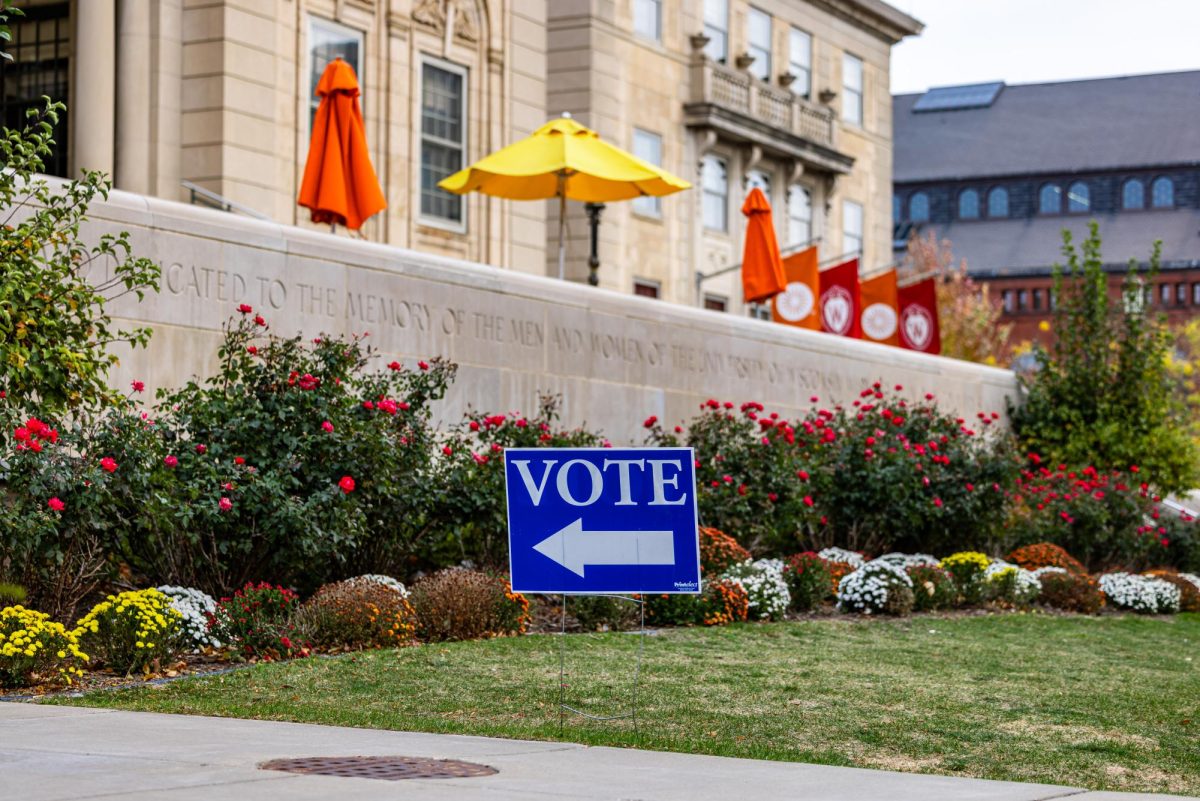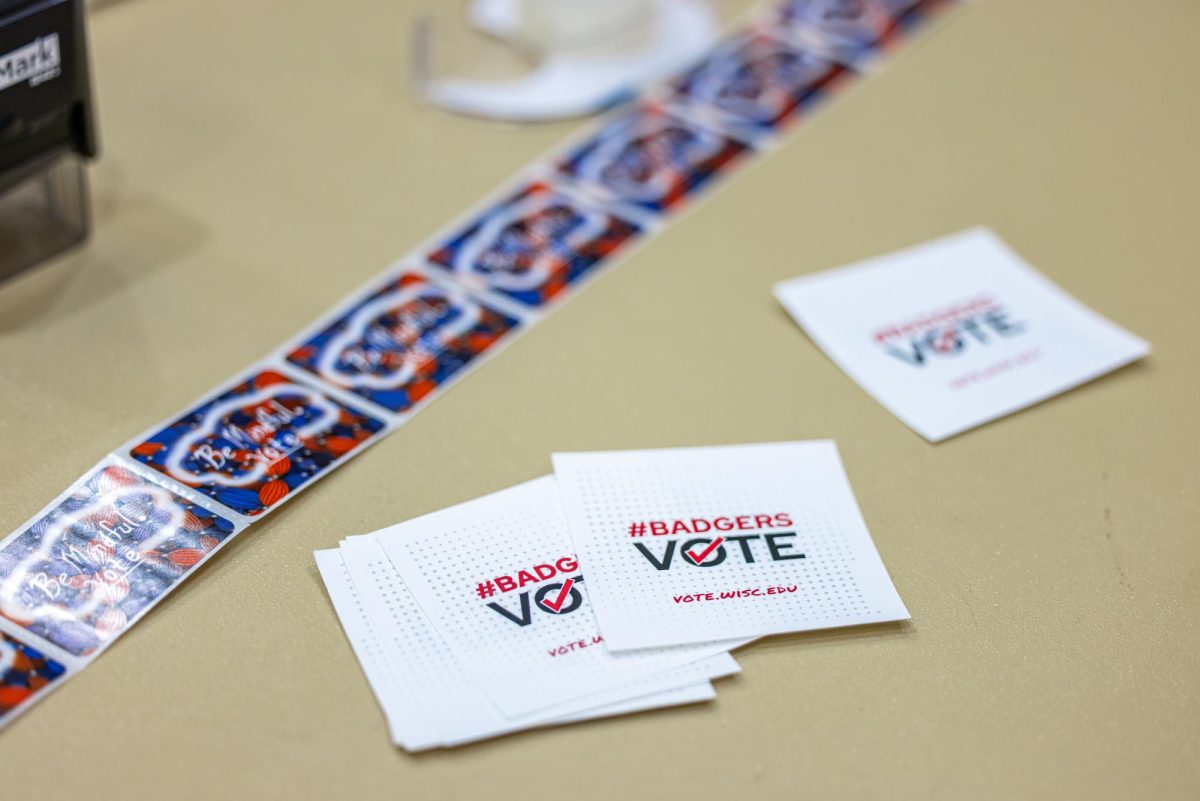Food insecurity and food deserts continue to affect people throughout the state, and in high proportions in Madison and Milwaukee.
One in 14 Wisconsinites currently face food concerns, according to Feeding America. Reports by urban areas in the southeast area of the state are facing food insecurity at higher rates.
In Dane County, 11.8% of people are food-insecure, according to Public Health of Madison and Dane County. According to the city of Milwaukee’s Fresh Food Access Report, the majority of people living in Milwaukee have low access to grocery stores.
Daniel J. Evans Endowed Professor of Social Policy Scott W. Allard said there are several ways communities have been victims of food insecurity due to larger, structural issues in our society.
Redlining, a practice meant to segregate Black communities and deprive them of economic opportunities, has also impacted resource accessibility in Madison and Milwaukee. In a map of redlining from 1957, there is some overlap with “red” communities and communities in a 2018 Food Access Improvement Map from the City of Madison.
Similarly, a 1938 redlining map in Milwaukee from UW-Milwaukee and a 2018 map of food deserts in Milwaukee highlight many of the same areas.
Employment regulations, predictable scheduling, minimum wage and wage rates are also all critical parts of food insecurity, according to Allard.
“Having access to a grocery store and healthy food options is important, but it’s not sufficient – it’s necessary, but not sufficient,” Allard said.
Many of the challenges that lower-income households face aren’t necessarily the lack of a grocery store, but the lack of resources to purchase food, especially healthier food options, which can be more expensive than highly processed foods, Allard said.
Lower-income communities on the north and south sides of Madison are disproportionately affected by food deserts, and efforts to mitigate this issue have been thwarted or have not come to fruition, Rep. Francesca Hong (D-Madison) said.
Second Ho-Chunk Canoe found in Lake Mendota continues conversations around UW’s shared history
Hong and Allard both discussed low income and high prices as a major driver of food insecurity, and Hong mentioned how it often affects children and students.
School meals should be treated like necessities, Hong said, and it is important to recognize that when kids are hungry, they can’t work and have a tendency to act out.
“It’s really important that we provide these tools for our kids so that all of them can thrive,” Hong said. “In order to do that, we have to make sure that universal school meals are seen as a necessity and not as a dream.”
Hong said investing in universal school meals that are nutritious and accessible also mitigates food insecurity.
During the COVID-19 pandemic, federal fees for in-school meals were waived, which made healthy school meals a reality for all students, Hong said.
“When you have healthy meals available in our public schools, students do better and their families will be less burdened to have to provide those healthy meals,” Hong said.
As of 2019, 20% of students in a four-year higher education program faced food insecurity, and that number increases dramatically for communities of color and first-generation college students. According to UW University Health Services, 17% of the freshmen in 2020 were first-generation college students.
Still, major food desert impacts are seen largely outside of campus, according to a Food Access Improvement Map from the City of Madison.
“Fundamentally, what we see when we identify food deserts is that it’s often related to commercial retail disinvestment and high-poverty neighborhoods, which often are neighborhoods that experience high degrees of racial segregation,” Allard said.
Former parole commission chair named Madison’s first Independent Police Monitor
This disinvestment is shown in southwest Madison, which was without a grocery store for a decade before Luna’s Groceries, an affordable, ethnically-diverse grocery store, opened in the Allied Drive neighborhood in 2019, according to Madison 365.
According to Hong, another location of Luna’s Groceries was set to open on the south side of Madison but did not end up working out.
The problem of food insecurity has resulted in the rise of mobile markets that focus on increasing accessibility to healthy food in underprivileged communities in Milwaukee, according to The Journal Times.
Piggly Wiggly and Hunger Task Force created a partnership last month to fight food insecurity, and the mobile market stops at community centers, senior living, public housing complexes and schools around the area.
Gender & Sexuality Campus Center celebrates National Coming Out Day
According to the Milwaukee Fresh Food Access report, in 2019, 88% of purchases from a mobile market at one of its stops directly benefited children.
Mobile markets are a great way to temporarily increase access to fresh products and healthy food for underprivileged communities, Allard said.
In 2012, Madison had a mobile market called The Freshmobile that drove to communities in food deserts with fresh produce. The owner of Fresh Madison Market, Jeff Maurer, created the initiative with other local companies and took the mobile market to food deserts six days a week.
According to In Business, The Freshmobile had around 200 customers each week in 2013 — an average of 18 people per stop. However, its Facebook and Twitter accounts have been silent since July 2013, after posting about mechanical difficulties.
This falls in line with other patterns of mobile markets, according to The Journal Times. They tend to not be sustainable long-term and often require sponsors because they are frequently unable to break even, resulting in a financial drain.
“I think mobile markets are a promising way to not only reduce the distances people have to travel to shopping to purchase healthy food options, but to also allow them to manage all the other complex commutes in their lives — work, school, childcare, parents, etc,” Allard said. “They’re a great idea, and I think more of those kinds of opportunities that are accessible to lower-income communities and communities of color are really exciting possibilities.”


